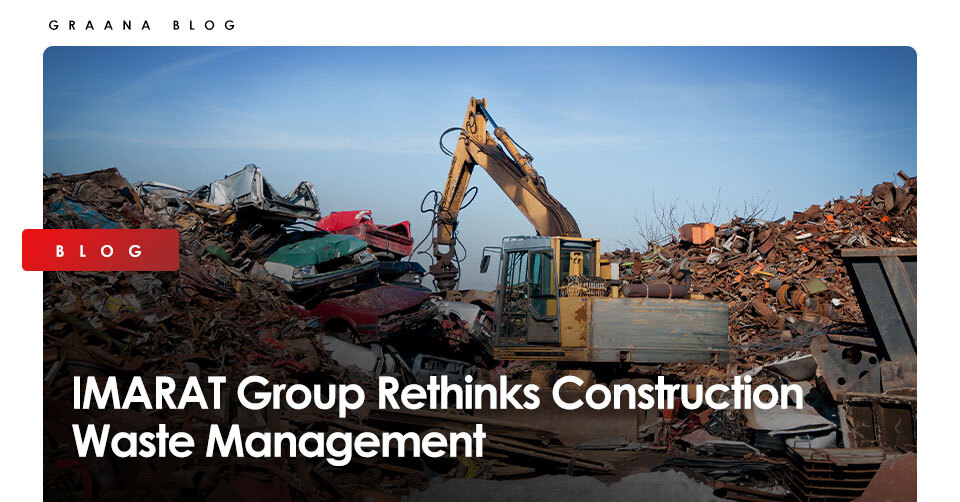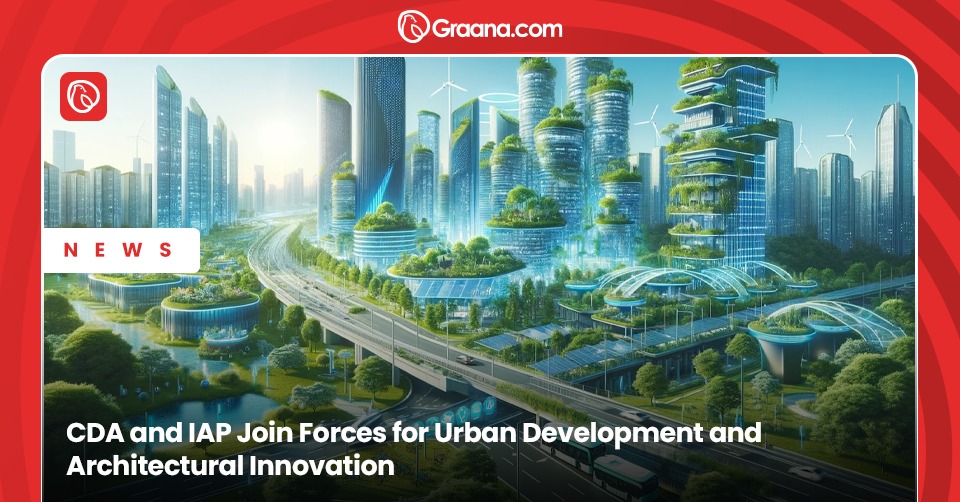There is nothing as waste; policies that rely on finding opportunities in every grave situation can turn the fortune of the countries. Our consumption patterns have a great influence on waste production and accumulation however, developing and developed countries are turning this waste into an opportunity for putting a cap on the exploitation of the resources. Waste is segregated into different types ranging from municipal to hazardous waste; recently, construction waste has also gained traction which has brought to a point that how can the portfolio of construction be diversified.
Graana.com through this blog highlights the various trends observed in the patterns of waste in the construction industry. What is often thought of as waste is someone else’s opportunity to build on. Owing to the increasing construction activities in Pakistan, construction waste is also likely to increase and there is a need of employing effective measures for managing the waste.
Construction Waste and Pakistan
Across the world, construction waste accounts for 25 to 30pc of the total solid waste generated, and almost 10pc (a major portion) of this percentage ends in landfills. This causes pressure on municipal authorities to manage construction waste along with the municipal waste. As per the statistics of the United Nations (UN), in 2019 the solid waste generation of Pakistan stood at 20mn tonnes and the share of construction waste was observed at 6mn tonnes per annum. Whereas, according to the figures of the Government of Pakistan (GoP) the daily solid waste generation of Pakistan stands at 87,000 tonnes per day which brings the construction waste at 9.3mn tonnes per annum. Similarly, according to the International Trade Administration (ITA), the construction waste of Pakistan stands at 14 million tonnes.
An Opportunity for Recycling and Re-use
As the globe is striving for sustainable development and every course of development takes the route of sustainability. The construction waste can be recycled and reused depending on the composition of construction waste. As per the statistics, around 33pc of the demolition and transportation cost can be recovered by recycling the construction waste against 70-80pc of the total discarded construction waste. Depending on the waste composition, the inert materials can be once again used for landfilling; asphalt can be processed and used for the construction of roads, and similarly, some of the components of plasterboard can be reused. Similarly, roofing materials can once again be used for the same purpose.
Construction Waste Ending in Landfill
Those materials end up in landfills which are the real wasted products that can not be reused or whose probability of reuse is low. According to the research conducted, bricks, tiles, paints and plaster are among the materials that are wasted in abundance on the Pakistani construction sites. In commercial projects, 5.75pc of total bricks are wasted while in the public housing 7.25pc of the total bricks are wasted. Similarly, 7pc of total plaster in commercial projects while 6.75pc in public housing is wasted. While 10pc of the total bricks in mosques and public health projects is wasted.
Proportion of Construction Waste
The proportion of construction waste can be gauged from the table mentioned below
| Commercial | Infrastructure | Industrial | Public Housing | Private Housing | Public Health | School | Mosque | |
| Brick | 5.75 | 6 | 7.2 | 7.25 | 6.4 | 10 | 6.5 | 10 |
| Paint | 6.08 | 3.75 | 3.25 | 9.25 | 7.8 | 4.33 | 7.5 | 4 |
| Plaster | 7 | 6.2 | 6.8 | 6.75 | 5.6 | 10 | 2.25 | 4 |
| Tiles | 6.58 | 4.75 | 6.25 | 6 | 7.2 | 9.33 | 8.25 | 5 |
Figure represents the percentage.
Impact on Environment
Construction waste also impacts our environment in myriad ways. The presence of various hazardous substances in the construction material can prove damaging for the health of residents and for the environment as well. Therefore, the idea and use of sustainable construction materials are vigorously supported in the construction industry. For example, the seepage of paint, varnishes and other chemicals into the ground can lead to the contamination of groundwater. It is estimated that the damages caused by construction and demolition waste are likely to increase by 20.2pc by 2025.
Sustainable Measures in Construction Sector
One way of tackling this approach is to adopt the phenomenon of 3 Rs (Reduce, Recycle, Reuse). The panacea to the problem of managing construction waste lies in adopting sustainable measures and using those materials which have no impact on the environment. Against this backdrop, there are various approaches that are adopted for minimising the construction waste for instance those material are being promoted in the construction activities which can be reused in the future and does not become a part of landfills.
IMARAT group is one of the top construction companies in Pakistan that takes pride in following sustainable construction practices and in minimising the construction waste in its activities. IMARAT group is an utmost supporter of sustainable development and is a staunch supporter of promoting sustainable development. As we transcend into the future, rethinking the construction waste is a need of time.




